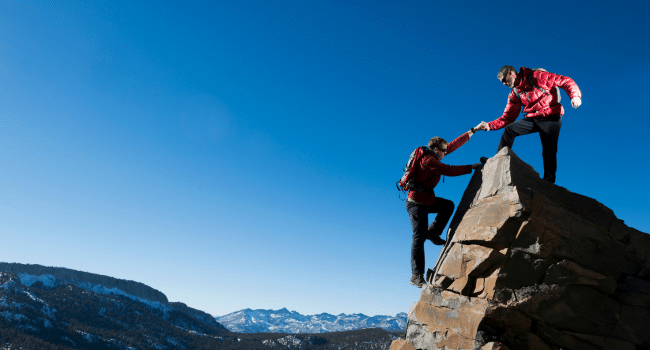Table of Contents
Getting outside and exploring nature is one of the best ways to recharge—mentally, physically, and emotionally. Whether you’re a weekend hiker, a casual camper, or planning your first backpacking trip, being in nature offers freedom, beauty, and perspective. But let’s be real: outdoor gear can be expensive. The good news is, you don’t need to spend a fortune to get started or to keep enjoying your favorite adventures. With a few smart strategies and resources, you can enjoy the wilderness without hurting your wallet.
1. Choose Quality Over Quantity
When starting out, it’s tempting to buy lots of cheap gear. But low-quality gear tends to wear out faster, and in some cases, can even be unsafe—especially when it comes to items like tents, jackets, or hiking boots. Instead of filling your cart with off-brand products that may not last a season, focus on buying a few essentials from trusted outdoor brands.
Brands like The North Face offer durable, weatherproof, and comfortable clothing and equipment for all kinds of environments. If the price tag is a concern, don’t worry—you can still get great value. Searching for a valid The North Face Coupon code before purchasing can unlock generous discounts, allowing you to save significantly on premium gear.
2. Shop Smart by Timing Your Purchases
Timing is everything. Outdoor equipment often goes on sale at the end of each season. For example, you can find deep discounts on hiking boots and jackets in late summer, or snow gear in early spring. Black Friday, end-of-year clearance, and off-season sales are your best friends when trying to save money.
Also, don’t ignore outlet stores, warehouse sales, or refurbished gear sections. Many major brands offer lightly-used or returned items at a fraction of the price, and they’re often still covered by warranty.
3. Borrow, Rent, or Share What You Don’t Use Often
Let’s face it—some gear just isn’t needed frequently. If you’re going on a once-a-year snowshoeing trip or trying kayaking for the first time, it may not make sense to invest in expensive, single-purpose items. Renting is a great way to try before you buy. Outdoor retailers, universities, or even national parks often offer affordable rental programs.
Even better, consider joining a gear-sharing community or outdoor group in your area. These networks can connect you with people willing to lend or swap items like sleeping bags, stoves, or backpacks.
4. Go Digital for Planning and Saving
There are tons of free or inexpensive digital tools to help you plan your trips and cut costs. Apps like AllTrails, Gaia GPS, and Komoot let you explore trails, read reviews, and check terrain and weather before you leave. Some even allow you to download offline maps so you don’t have to invest in physical guidebooks or GPS devices.
Additionally, setting price alerts through browser extensions or deal-finding platforms can help you know when your favorite gear drops in price.
5. Make Safety and Comfort Non-Negotiable
While it’s important to save money, some things are worth investing in. Always make sure you have the right safety equipment, like a first-aid kit, weather-appropriate clothing, and reliable water purification methods. Cutting corners here could turn an exciting trip into a stressful or even dangerous situation.
Look for multi-functional gear to stretch your dollar further—like a jacket that works in multiple climates, or a sleeping pad that doubles as a seat cushion.
Conclusion
Adventure doesn’t need to come with a high price tag. With a bit of research, thoughtful planning, and smart use of promo codes, outdoor enthusiasts can stay safe, comfortable, and well-equipped—without emptying their bank accounts. So whether you’re chasing mountain peaks or simply hiking your local trails, take the time to gear up wisely. The great outdoors is waiting, and it doesn’t have to cost a fortune to enjoy it.
